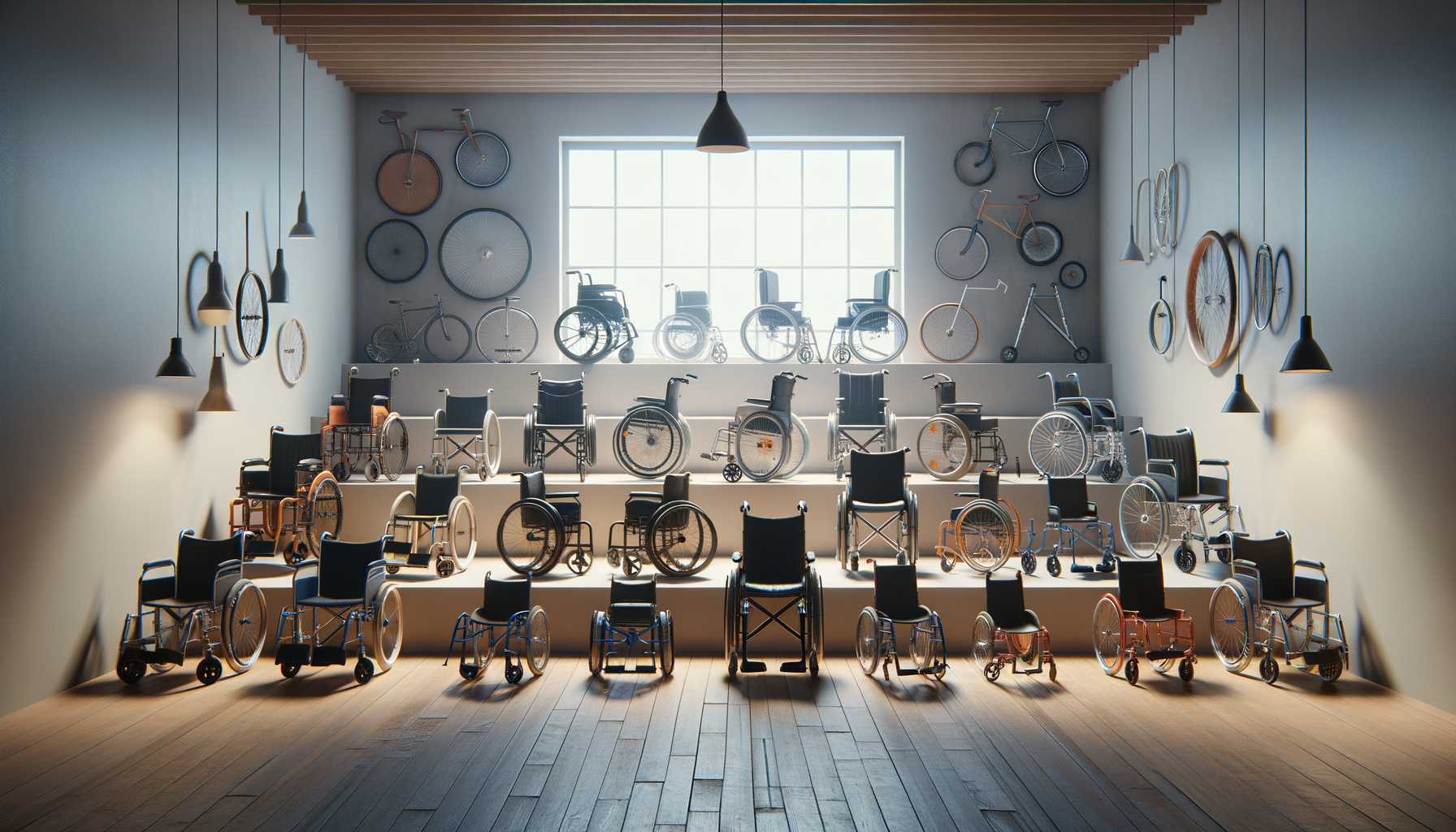Understanding Different Types of Wheelchairs
Wheelchairs come in a variety of designs, each tailored to meet specific needs and preferences. The two primary categories are manual and powered wheelchairs. Manual wheelchairs require physical effort to propel, making them suitable for individuals with sufficient upper body strength. They are generally lighter, easier to transport, and often more affordable. Powered wheelchairs, on the other hand, are equipped with electric motors and are controlled with a joystick or similar device. These are ideal for individuals who may lack the strength to maneuver a manual wheelchair.
Within these categories, there are further distinctions. For instance, sports wheelchairs are specifically designed for athletic activities, featuring lightweight frames and enhanced maneuverability. On the other hand, transport wheelchairs are compact and intended for short-term use, typically pushed by a caregiver. Understanding these types helps in making an informed decision that aligns with lifestyle needs.
Key Features to Consider
When selecting a wheelchair, several features should be considered to ensure it aligns with the user’s needs. Comfort is paramount, with seat width, depth, and cushioning playing crucial roles. Adjustable armrests and footrests can significantly enhance comfort and support. Additionally, the weight of the wheelchair is a critical factor, especially for those who frequently travel or require assistance with transportation.
Durability is another essential aspect. The materials used in the construction of the wheelchair affect its longevity. Aluminum and titanium frames offer a balance of strength and lightweight, whereas steel frames are renowned for their durability but may be heavier. Furthermore, wheel type—solid, pneumatic, or semi-pneumatic—impacts the wheelchair’s performance on different terrains.
- Seat width and depth
- Adjustable features
- Frame material
- Wheel type
Evaluating Cost and Insurance Options
The cost of a wheelchair can vary significantly based on its type and features. Manual wheelchairs tend to be less expensive, whereas powered wheelchairs, due to their advanced technology, can be more costly. It’s important to explore insurance options, as many policies cover a portion of the cost for medically necessary equipment. Checking with your provider about what is covered and understanding the process for claims can alleviate financial burdens.
Additionally, there are programs and organizations that offer financial assistance or refurbished equipment at a reduced cost. It’s beneficial to research local and national resources that can provide support, ensuring that financial constraints do not compromise the quality of care and mobility.
Customization and Personalization
One of the significant advantages of modern wheelchairs is the ability to customize and personalize them to fit individual needs and preferences. Customization can range from selecting the color of the frame to incorporating specialized seating systems that enhance posture and comfort. Personalization not only improves functionality but also allows users to express their personality through their mobility aid.
Advanced customization options include tilt and recline features, which provide pressure relief and enhance comfort during prolonged use. Additionally, smart technology integration, such as Bluetooth connectivity and app-controlled functions, is becoming increasingly popular, offering users more control and convenience.
- Frame color options
- Specialized seating systems
- Tilt and recline features
- Smart technology integration
Maintaining Your Wheelchair
Proper maintenance is crucial to ensure the longevity and optimal performance of a wheelchair. Regular cleaning and inspection can prevent wear and tear, while periodic checks of the wheels, brakes, and batteries (for powered wheelchairs) are essential. It’s advisable to follow the manufacturer’s guidelines for maintenance and seek professional servicing when needed.
Users should be proactive in addressing any minor issues before they escalate into significant problems. Keeping a maintenance log can be helpful in tracking service dates and any repairs or replacements made. This proactive approach not only extends the life of the wheelchair but also ensures safety and reliability in daily use.




Leave a Reply